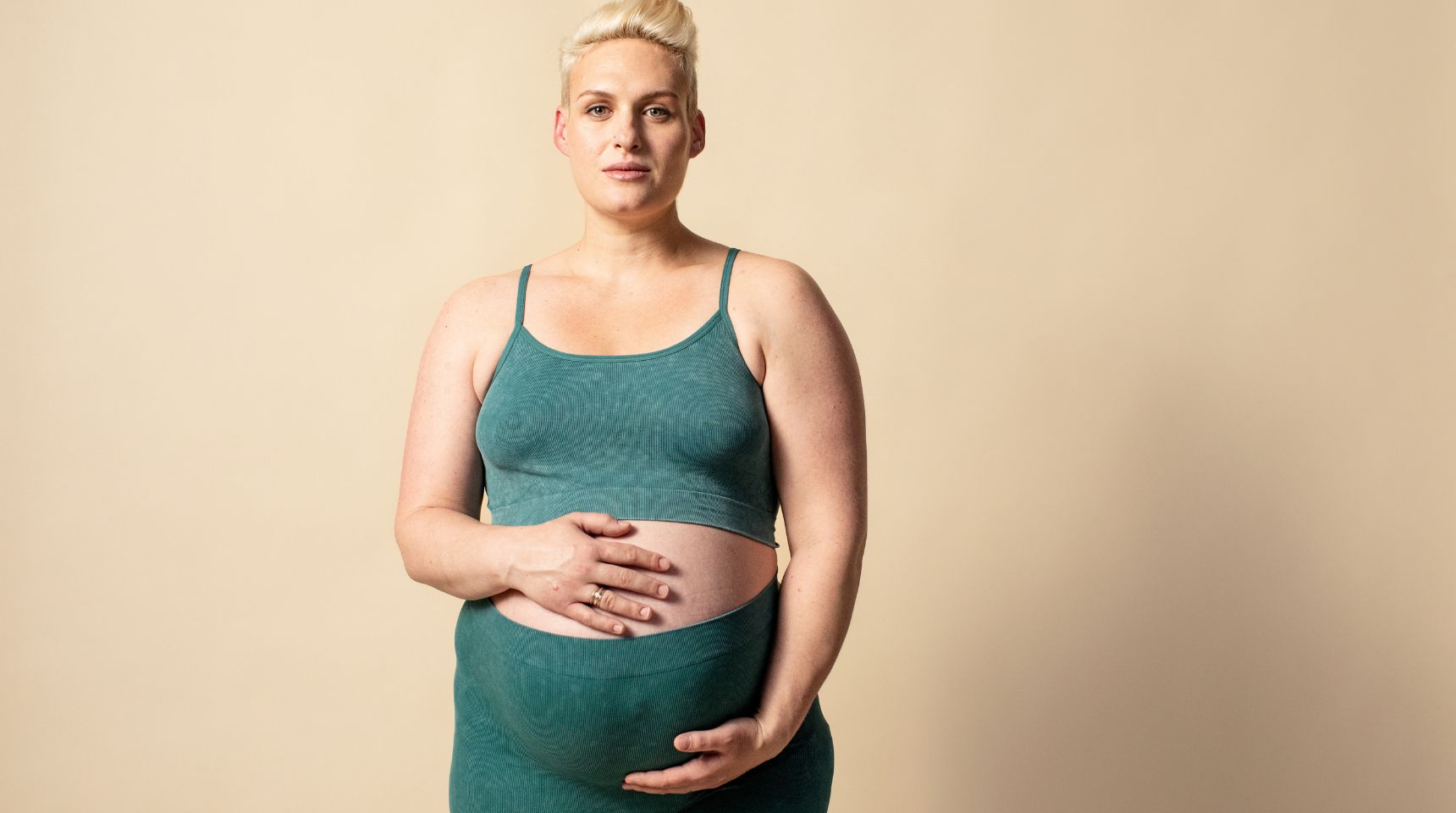Our friend Louise from Mama Bean Parenting shares her insights!
If we are lucky, we are told during pregnancy to prepare for feeding our babies. We are given information leaflets with pictures and paragraphs detailing the perfect latch and like an exam to study for, we are lured into believing that with the correct information booklet to hand, we will sail through the first few weeks and months of breastfeeding without bother.
This is the reality for scores of mothers, of course, but for many new moms, breastfeeding comes with its challenges. Even when armed with prior-planning, a lactation consultant and oatmeal cookies, so many of us find ourselves embarking on a journey that – let’s face it – isn’t always smooth sailing.
There are many, many reasons why moms choose to pump. Some are dealing with prematurity, many with nipple trauma and others must return to work just weeks after they have given birth. This last point is particularly poignant, as even if direct nursing from the breast is going well, the option is removed – be it full-time or part-time - so moms are forced to seek out solutions to continue their breastfeeding relationships; namely, in the form of breast pumps.
The pump industry is unlike others in the baby world. Pumps aren’t seen as a ‘nice to have’ piece of kit for the nursery or diaper bag, but instead, they are essential items for many moms in today’s world. Having said that, they can be (though are not always) expensive basics!
Luckily, the Affordable Care Act ensures that most insurance companies will cover the entire cost of a breast pump. This simple fact is worth repeating (over and over!) as so many moms don't know that this option exists. So without further delay, I'm excited to announce the launch of my Pumping Profiles series, in which I’ll be shining a light on a handful of the different variations of normal when it comes to pumping.
Specifically, this series will focus on the real experiences of moms using three different pumps: a manual breast pump, a double electric breast pump and an all-singing-all-dancing smart pump. To begin the series, let’s focus on the mighty hand express breast pump…
Sunshine's Story
Which pump do you use?
I use Lansinoh’s manual breast pump.
Can you tell me a bit about your breastfeeding/pumping story?
I decided to pump so that I could slowly build a stash of breast milk for emergencies. I also wanted to build up my stash in preparation for when I start back at work.
Did you face any hurdles/challenges on your pumping journey?
I breastfed my son and never really had any issues so it was a little strange to run into latch issues with my baby girl. I also assumed that if I needed extra milk I could just hand express, but in the end having a pump to build my emergency stash has been really helpful.
What advice would you give to a new mom just starting on her pumping journey?
Accept your new experience, and relax!
Sunshine’s experience of using a manual pump is typical of many moms. The experts advise us to opt for a hand express breast pump for occasional use – be it at home, or on the go. With that fact, it would be easy to assume that a manual pump is somehow of ‘lesser’ quality than the more expensive electric and smart pumps, but that is simply not the case. The reason we have different pumps to choose from is because each one is built to meet our specific circumstances and needs as moms; without compromising quality or effectiveness.
To highlight that point, I want to share a little of Hays’ breastfeeding journey, as she used a manual pump to exclusively pump for her daughter:
“When I was pregnant, I was gifted a manual pump that I packed away, thinking I wouldn’t need it. In the end, it proved to be the absolute best and I ended up exclusively pumping with that pump for 4.5 years. My daughter was born at 34 weeks and rushed up to the NICU due to breathing difficulties. In the NICU, I was allowed to use the hospital pump but it was painful and my body seemed to clam up as soon as I walked into the pumping room. After 12 days in the NICU, we were finally able to go home, but my daughter was still not latching and feeding in general was extremely difficult. I continued to try latching, but hours after returning home I was beside myself so my husband went and bought a pump. Unfortunately, I didn’t respond at all to that pump either and decided to dig out the manual pump I had been gifted instead. It was so effective and easy to use! I was soon pumping 12 times a day and it was quicker and more effective than even the hospital pump had been.”
Hays’ story is rare, but telling. Breast pumps are an ever-evolving piece of kit, but even the most simple and streamlined pumps available are effective enough to support mothers in meeting their individual breastfeeding goals.
To find out if your pump is covered by your health insurance, fill out Lansinoh's simple form here.
Whether you use a pump to stockpile 'emergency' milk in the freezer for a rainy day, or whether you pump exclusively to nourish your little one, the fact remains that a breast pump remains a necessary item for a huge number of moms in ever-differing situations. Pump on, mamas. You've got this.
UP NEXT: Pumping profiles: the double electric breast pump









